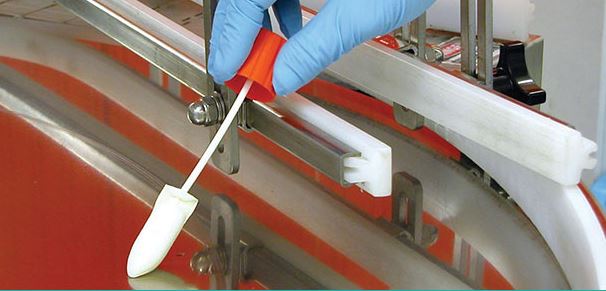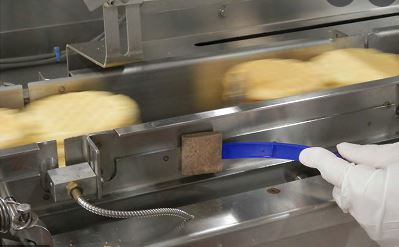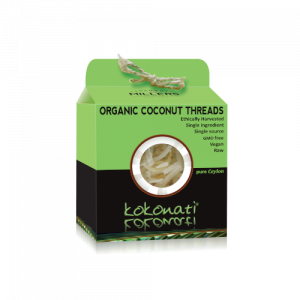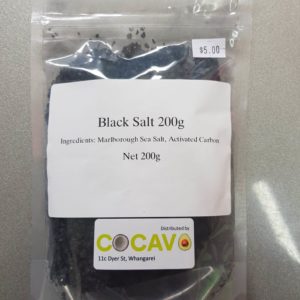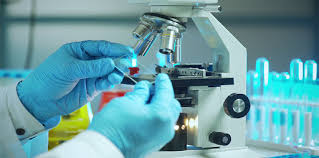
ENVIRONMENTAL MONITORING
While NZ is fortunate to have one of the safest and best food supplies of any country in the world, pathogens and the foodborne illnesses they cause still affect thousands of consumers each year. It’s important to note that unsafe production environments and poor hygiene of food production employees are two leading factors that contribute to foodborne illnesses.
Cocavo recognises one of the most proactive food safety programs a facility can implement is on-going monitoring of microbial levels in the plant environment.
Cocavo’s goals for an effective environmental monitoring program are to help us verify the effectiveness of our Sanitation Standard Operating Procedures (SSOPs) and other preventative controls detailed in our Food Safety Compliance Program that help prevent microbial contaminants from entering our product stream by identifying and remediating problem areas.
Cocavo has US FDA Registration (Number: 16467645268) and recognises the latest guidance released by the US FDA regarding the Food Safety Modernization Act (FSMA). Cocavo has introduced a microbial monitoring program for our processing facility that will verify and validate our Plant Sanitation Program.
Cocavo has engaged the services of Northland Food Testing Laboratory Services as our provider for testing & laboratory services.
WHAT IS THE PURPOSE OF ENVIRONMENTAL MONITORING IN THE FOOD INDUSTRY?
The purpose of environmental monitoring is to provide information on the state of a facility. Environmental monitoring should accomplish a few different goals.
. It should document the quality of the processing environment, and it should assess the environmental quality of nearby clean areas. It should also identify potential pathways of contaminants so that facilities can take preventative measures.
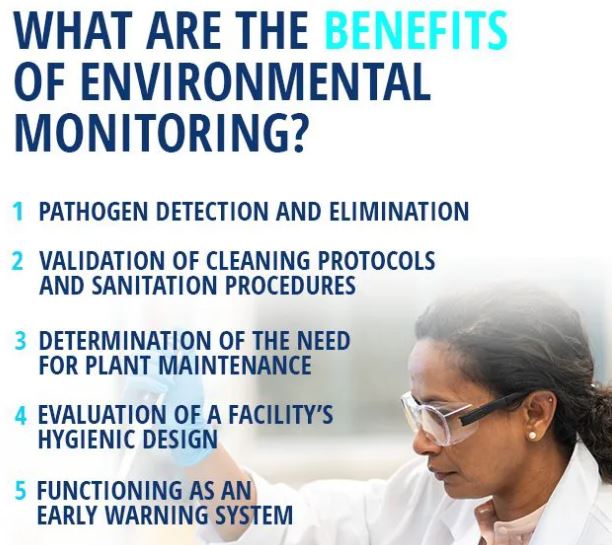
ENVIRONMENTAL MONITORING TESTING
Essential in the prevention of food-related health issues, costly food recalls and the erosion of consumer confidence and brand reputation, effective environmental microbiological monitoring programs, which include analytical testing services are a proven way to collect data on where sources and concentrations of pathogens could enter a food product via a production facility. While an environmental monitoring program on its own doesn’t make food safer, it forms an integral part in monitoring the successful sanitary environment of a food production facility.
Cocavo uses the services of Northland Food Testing Laboratory Services in Whangarei for all lab testing & environmental monitoring services.

Pathogens that can cause foodborne illness to occur naturally in the environment and can be introduced into a food facility in a variety of ways, such as raw ingredients, employees, and pests. It is critical to set up and maintain an Environmental Monitoring Program (EMP).
Various harmful microorganisms and pathogens like Listeria monocytogenes, Salmonella spp., and E. coli are known to stubbornly establish themselves in food production environments, and can easily create biofilms that are difficult to remove. Hot environments, such as kitchens and food warmers, provide ideal places for pathogens like Salmonella to breed. Wet areas, such as sinks and dishwashing stations, provide fertile breeding grounds for pathogens such as Listeria.
A continuous and vigilant EMP helps to reduce the risk of microbial contamination. Environmental swab results can serve as an early warning sign of and concern for a potential issue to arise. Of course, in the case that a positive indicator test result is received, an EMP can also help quickly and effectively target the areas where corrective action is most needed.
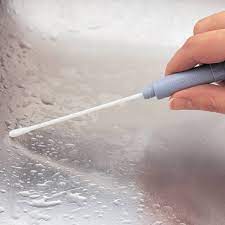
THE IMPORTANCE OF ENVIRONMENTAL MONITORING
EMPs are vital for protecting against the establishment of environmental niches where bacteria can grow. Once these niche areas become established, bacterial growth areas, or hot spots, and product contamination are almost inevitable.
At best, the contamination will reduce the shelf life of the product and cause headaches for the manufacturer. At worst, it will result in pathogen contamination, increasing the risk of foodborne illness for consumers.
WHAT ARE THE BENEFITS OF ENVIRONMENTAL MONITORING AND TESTING?
EMPs accomplish a number of objectives for food processing facilities:
-
Pathogen detection and elimination: EMPs help eliminate niches where pathogens can find ideal growing conditions.
-
Validation of cleaning protocols and sanitation procedures: EMPs help verify that facilities are using the correct procedures at the proper frequency.
-
Determination of the need for plant maintenance: EMPs can reveal areas in need of preventative maintenance, such as filters that require changing.
-
Evaluation of a facility’s hygienic design: EMPs can help a facility evaluate whether its design aids in cleanliness or whether it provides breeding grounds for harmful pathogens.
-
Functioning as an early warning system: EMPs provide valuable data to allow facilities to address small issues before they spiral out of control.
